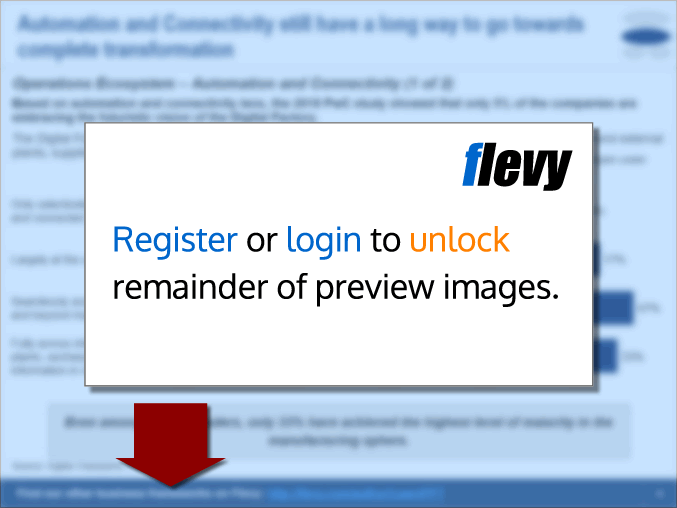Absorption Costing Model Template: Full-Cost Accounting (Excel XLSX)
Excel (XLSX)
VIDEO DEMO
BENEFITS OF THIS EXCEL DOCUMENT
- Driver-based overhead allocation, clear input segregation, and audit-friendly formulas slash month-end close time while giving auditors and managers full transparency.
- Built-in break-even and sensitivity analyses let you test price and volume scenarios instantly, turning the file into both a reporting tool and a forward-planning engine.
- It delivers an all-in-one view of true unit costs, automatically rolling every direct and overhead expense into GAAP-ready COGS and inventory values.
COST OPTIMIZATION EXCEL DESCRIPTION
This full-absorption-costing spreadsheet packs the entire cost build-up for a manufactured product into one controlled workbook, so accountants can move seamlessly from shop-floor data to GAAP-compliant financial statements. Separate input blocks capture every cost category—direct materials, direct labor, variable manufacturing overhead, and fixed manufacturing overhead—and then aggregate them into a single cost-per-unit and total period cost. Because input cells are clearly flagged and surplus rows are already built in, users can add or delete cost lines without breaking formulas, making the template durable as product complexity grows.
Overhead allocation is handled with the same discipline you would expect in an activity-based-costing system: each variable overhead item links to its own driver—direct-labor hours, machine hours, or simple units—so the model produces transparent $/unit rates that auditors can trace. Fixed overhead flows through a dedicated section as well, automatically spreading items such as rent, depreciation, and insurance across the units produced in the period. This ensures that inventory valuations and cost of goods sold land exactly where external reporting standards require them.
Those granular costs feed directly into an income-statement summary, a break-even analysis, and a two-way sensitivity table that flexes selling price against units sold. For accountants, that means month-end close and forward-looking "what-if" scenarios happen in the same place: you can validate COGS for the general ledger, test the impact of raw-material inflation, or show managers how margins swing when volumes change—all without exporting data to separate workbooks.
Finally, the template's design disciplines—plain-English range names, visible formulas, no hidden macros—make it audit-ready. Reviewers can trace any figure back to a single input, while built-in error checks flag mis-entries before numbers roll into financial reports. In short, the model turns a traditionally messy set of ad-hoc schedules into a single, reliable tool that supports day-to-day accounting, management decision-making, and external audit requirements alike.
Got a question about the product? Email us at support@flevy.com or ask the author directly by using the "Ask the Author a Question" form. If you cannot view the preview above this document description, go here to view the large preview instead.
Source: Best Practices in Cost Optimization Excel: Absorption Costing Model Template: Full-Cost Accounting Excel (XLSX) Spreadsheet, Jason Varner | SmartHelping
This document is available as part of the following discounted bundle(s):
Save %!
Accounting Trackers - Tools for Accountants
This bundle contains 29 total documents. See all the documents to the right.









